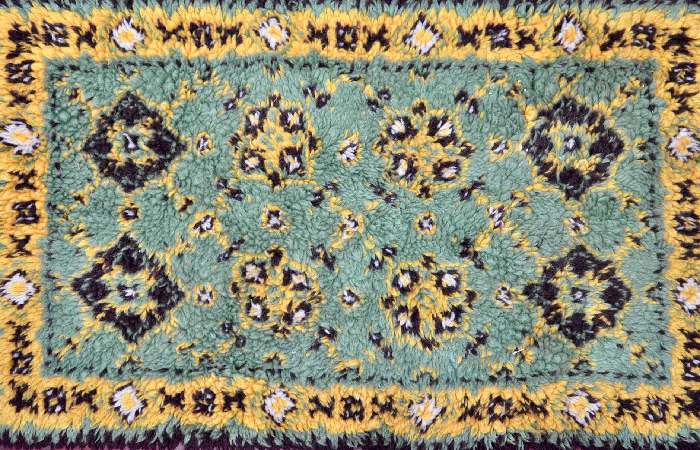The rhombus is a two-dimensional figure where the shape is closed. Some experts consider it to be as a parallelogram. Because of its unique properties, a rhombus is a quadrilateral. It is also known as an equilateral triangle since all the sides of an equilateral triangle is equal in length. The word had its inception from the ancient word rhombus and it would point to something that would spin Before we proceed ahead let us understand about rhombus, its properties, and how to calculate its perimeter.

In-depth analysis of rhombus
A rhombus is considered to be a special form of a parallelogram. It is known to comply with the requirements of a parallelogram that is a quadrilateral with a couple of parallel sides. Apart from this, a rhombus would be having equal four sides, though it is still a form of a parallelogram with four equal concurrent sides. So it is obvious that a rhombus may fit all the properties of a parallelogram. The four sides are of equal length whereas the opposite sides turn out to be parallel.
Each and every rhombus that you come across will be a parallelogram, but for every parallelogram that you witness, it is not going to be a square. Moreover, in the case of a square, it is a special type of parallelogram. Though the angles do not have to be right angles in any case. Hence it is possible to arrive at the following conclusions
- All rhombus are parallelograms, but the same cannot be said about all squares
- All the rhombus may not be squares, but all the squares turn out to be a rhombus
There are additional names for a rhombus like diamond, rhomb, and lozenge
The properties of a rhombus
It has to be conferred that the rhombus happens to be a special type of parallelogram. Even it would be having the properties of a parallelogram. A rhombus has a couple of lines as symmetry. Coming to an axis of symmetry it would divide the object into two equal halves. A mirror-like reflection is developed on both sides of the object. It is known to have a reflection symmetry over both diagonals.
- The opposite angles are concurrent and equal to each other
- The opposite sides are equal and are known to bisect each other
- The diagonals would be bisecting each other
A rhombus just like geometric shapes would have something unique to it. You need to have an idea about the properties of a rhombus. The diagonals are known to bisect each other and it would be perpendicular to each. If the length of a diagonal is 10 whereas the other diagonal would bisect it, then you may divide it into 5 cm diagonals.
The area and the perimeter of the rhombus
When we arrive as area of the rhombus formula it is the amount of space that is enclosed by the rhombus that is a two-dimensional space. Pretty much just like a square, the four sides of a rhombus would be equal, so the perimeter is going to be the length of one side with 4a. Some interesting points tend to emerge with a rhombus
- The adjacent angles that are present in a rhombus would be supplementary to each other.
- The diagonals are known to bisect each other and this is at equal length
- All squares are rhombus, but not all rhombus may not turn out to be square
The best place to obtain all such information is Cuemath. It is an online platform addressing all you Maths along with coding needs.
